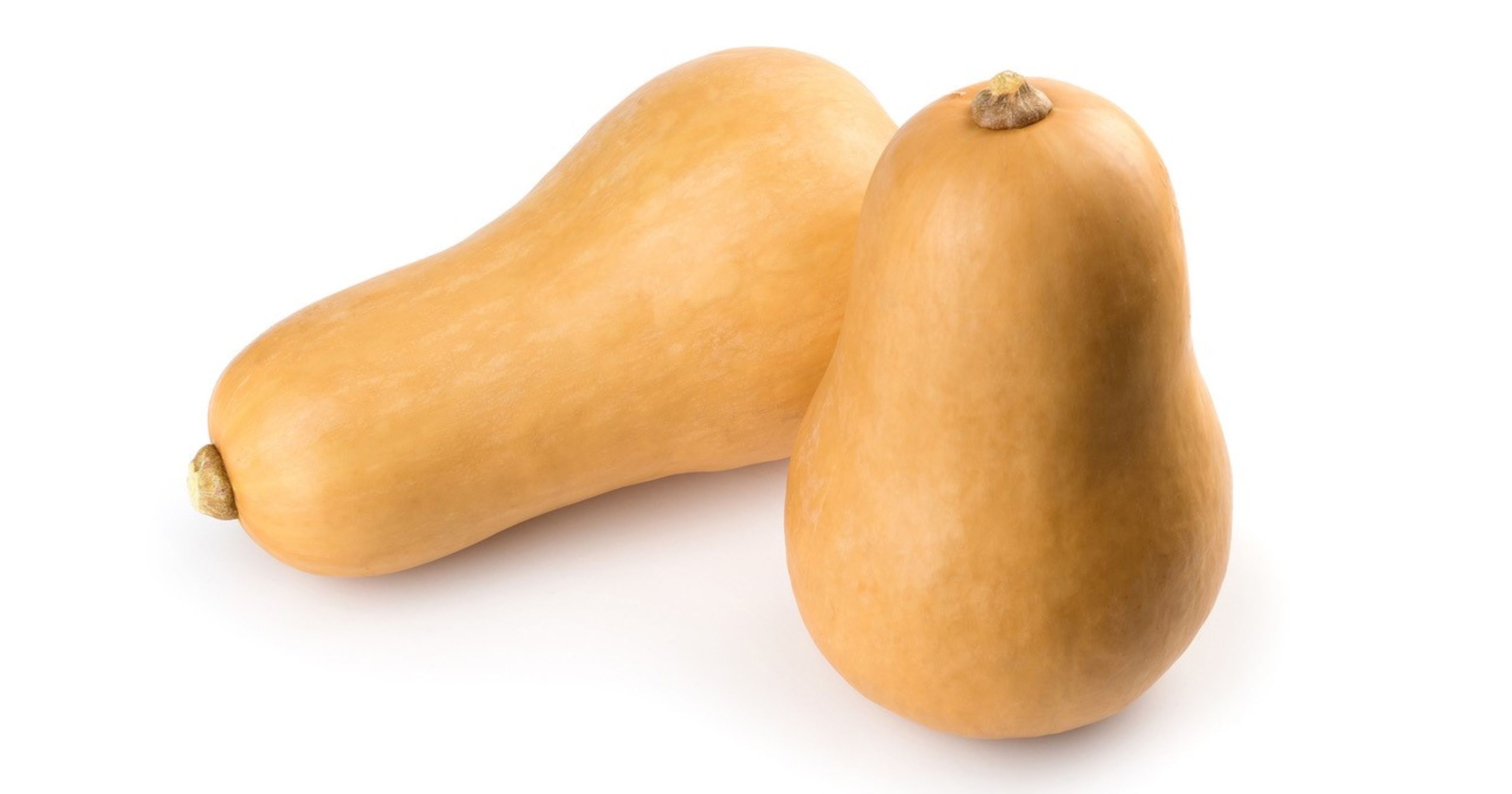
#Butternut squash full#
When planting butternut squash, select an area in full sun. However, their roots are quite delicate and some may not survive the transplant process. While most people simply direct sow their seeds, you can try to start your seeds indoors if you are worried about a short growing season. Don’t feel you need to rush this, though, as they do better when temperatures reach 70 degrees Fahrenheit. If you’re still confused about when to plant your butternut squash seeds, aim to do so when both the soil temperature and the air temperature are above 60 degrees Fahrenheit. In southern areas, you can plant butternut squash up until early July as winters are milder and the plant won’t be exposed to early frosts. If you live in colder, northern areas, you will want to plant earlier in May, as if you leave it too late, the weather will be too cold to harvest it. Therefore, most of the growing period for butternut squash is the summer and it is ready to be picked in late autumn.Īim to plant your butternut squash between late May and early July. Interestingly, while butternut squash falls under the category of winter squash, it is named so when it is ready and not when it grows. The growing period for butternut squash is between 75 and 100 days, so you need to plan accordingly and above all else, be patient. Butternut squash, however, is not one of these types. There are many types of vegetables that only need a few weeks to grow and be ready to pick. In fact, each plant will produce a few squash, so you should have enough from just a couple of plants. While it has the traditional butternut squash shape and taste, it is a mini version, and perfect if you are short on space or want to try growing your squash up on a trellis.Įven if you love butternut squash, you don’t actually have to plant too many seeds. Another interesting option is the Butterbaby variety.

Choosing Butternut Squash Seedsįor those with a short growing season, you can try the Early Butternut variety. Polar ClimateĪ polar climate will not support butternut squash. However, the growing season is shorter so you may want to start your seedlings inside before transplanting them to your garden.

Continental ClimateĪ continental climate has the warmth to grow butternut squash. Make sure you let the soil and the air temperature warm up before you plant your seeds. Temperate ClimateĪ temperate climate should be fine for butternut squash. However, you will need to contribute extra water in order for the squash to grow. Dry ClimateĪ dry climate may support butternut squash, as long as the temperatures are warm enough.

The one consideration is that the soil may be too moist, which means it won’t drain enough and root rot could set in. A tropical climate has both warmth and moisture to allow butternut squash to grow.


 0 kommentar(er)
0 kommentar(er)
